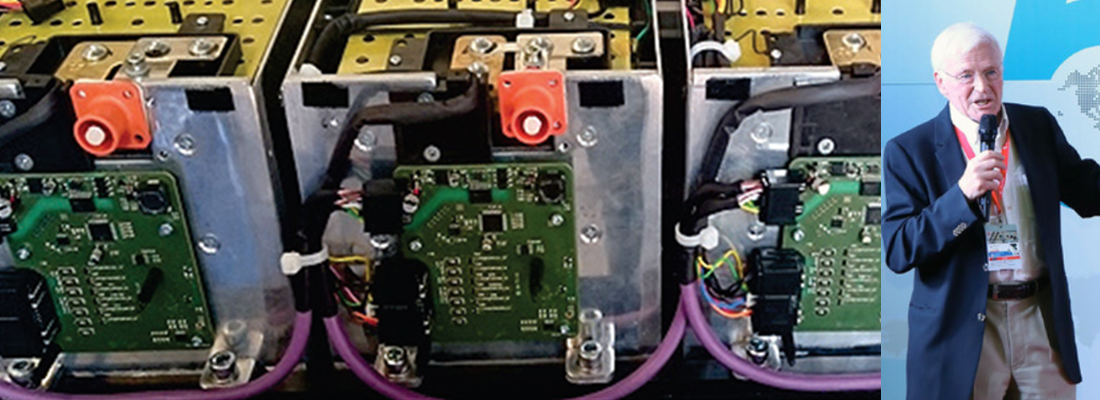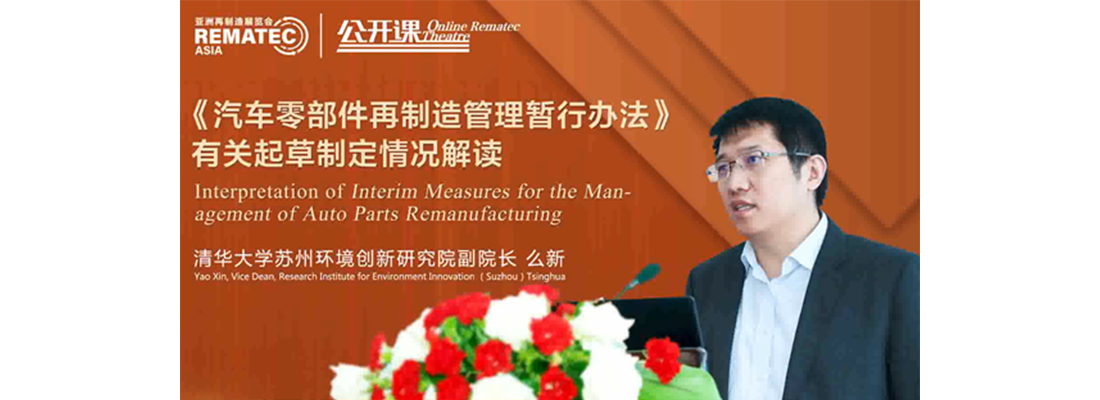BEVs market: this is why China is ahead
China's automakers have made significant strides in their ability to build a competitive and inexpensive line-up on a large scale, and the environmental impact of mobility has become a growing worry in the minds of consumers worldwide. According to JATO Dynamics statistics, there is still more work to be done before access to electric vehicles becomes a reality for everybody, given the affordability and how China's expanding competition across all segments threatens to divide the global automotive industry in half.
Why is China leading the shift?
China's rapid success in producing competitively priced BEVs that compete with the rest of the world on both technology and model type is part of the country's economic growth goals. With the Chinese economy slowing, the country's electric car industry has become increasingly crucial in sustaining the economy through green jobs and technical innovation. China is working on developing a diverse range of vehicles across multiple sectors, while the West remains focused on the high-end electric segment. As a result, China has not only managed to lower the average price of its BEV offering, but has also managed to keep prices low, while others continue to climb.
It's a matter of numbers, size.….
Consumers in China can choose from 235 distinct BEVs, although in Europe and the United States, the range is much lower, with 135 and 51 models available in each country, respectively. Over the course of H1 2022, the average price of electric automobiles increased in Europe and the United States while declining in China, and this disparity is only widening. In the first half of 2022, the average retail price of a BEV in China was €31,829, €55,821 in Europe, and €63,864 in the United States. A year later, the average retail price of an electric car in China is now less than half of what it is in Europe and the United States. In H1 2023, an electric car costs €31,165 in China, €66,864 in Europe, and €68,023 in the United States. Simply put, whereas the average retail price of electric vehicles in China declined by 2% between H1 2022 and H1 2023, it grew by 20% in Europe and 7% in the United States. This emphasis on low-cost BEVs has helped the Chinese sector expand, as buyers look for ways to save money wherever they can. More than 78% of electric car sales in China in H1 2023 were for models priced under €40,000/$43,500, with one-third of them priced under €20,000/$21,700.
As the global automobile industry has become more integrated, some Western and Japanese OEMs have taken advantage of rising local demand for BEVs in China to expand their business. To purchase a BEV, buyers must spend at least €18,285 in Europe and $24,400/$26,500 in the United States. In China, the cheapest electric vehicle is 8% less expensive than the cheapest combustion automobile. The causes for the price disparity are unique to each market. This is partly due to the industry's persistent emphasis on premium BEVs over more broadly available mid-range models in Europe. The selection of models offered in the US is even more limited, making the market particularly sensitive to pricing shifts, as evidenced by the impact of Tesla's ongoing price decreases. The emergence of cheaper BEVs, such as the Chevrolet Bolt, Nissan Leaf, Hyundai Kona, Kia Niro, and Toyota bZ4X/Subaru Solterra, has boosted the US market. With worldwide ambitions, China's automakers have worked hard to guarantee that they offer a diverse range of BEVs to fulfil the needs of all consumers. While Western OEMs have traditionally positioned BEVs as premium products, manufacturers across the 170 local Chinese vehicle brands are targeting every category with models tailored to consumer tastes across markets.
Meanwhile, MG has made gains in Europe with both the MG 4 and the ZS. Only 23% of the 235 BEVs offered in China in H1 2023 were priced above €40,000/$43,500, compared to 77% in Europe and 82% in the US. Finance is one aspect that has contributed to the pricing disparity between Chinese and Western BEVs. While this enabled OEMs to offer significant returns to shareholders, it also created a window of opportunity for Chinese competitors. While Chinese OEMs remain minor participants in Europe, with a 2.3% market share from January to August 2023, some companies, more than others, are shaking up the industry with quality at competitive costs. In H1 2023, the average retail price in Europe for the MG 4, a Chinese completely electric compact hatchback, was €35,130/$38,178. BYD registered about 7,700 units in Europe between January and August 2023, making it the second most popular Chinese brand in the BEV European list.
The Atto 3, an electric compact SUV with 204 hp, costs an average of €43,884/$47,692. Because current infrastructure in China provides energy at very low speeds, the most advanced BEVs cannot always take advantage of their fast-charging technologies. Similarly, because many entry-level electric vehicles lack security measures such as a battery overheating sensor across the country, public charging stations must support both advanced and low-cost BEVs. For these reasons, many Chinese automakers have continued to prioritize more cheap automobiles over premium ones. However, it is evident that China's BEVs are fighting not only on price, but also on quality and power. China can now make and market an electric automobile with 200-300 horsepower for around €30,500/$33,150. In China, for example, BYD sells the Seal, a midsize sedan with 204 hp on its Elite version, for €24,106/$26,197. In Europe, the closest competitor in terms of price is a Renault Twingo Equilibre, a city car manufactured in Slovenia, which costs €24,320/$26,430 and has only 81 horsepower.
…and subsidies!
The Chinese government has provided substantial assistance for the domestic electric vehicle industry over the last decade under the New Energy Vehicle Industry Development Plan, with subsidies totalling $57 billion between 2016 and 2022. Tax reductions when purchasing an electric vehicle are among the most significant quantifiable financial assistance. Almost all electric vehicles sold in China are exempt from the car purchase tax, making them more affordable for drivers and increasing total customer demand and revenue for automakers. Many European countries provide some type of financial assistance to aid the expansion of the electric vehicle market, although the benefits and incentives vary greatly. China's edge over the United States and Europe in the production of low-cost electric vehicles is also due to the country's reduced labour expenses. To put this into perspective, Beijing has the highest hourly minimum wage in China, at RMB 26.4 (US$3.7). In China, the Pure with 170 horsepower has a starting retail price of €24,879/$27,038 but the exact same model built in Germany has a starting price of €38,915. The beginning retail price in China for the 480 hp all-wheel drive vehicle is €46,979, whereas the Mexican-made version offered in the US retails for $46,979. When a Chinese brand is compared to a Western brand, a larger disparity is predicted. As China's influence on the global automotive stage grows, Chinese vehicles are becoming more common in nations where consumers would not have considered them a viable choice just a few years ago. China's carmakers, with a robust product offering covering all sectors, are causing a shift in market dynamics at the expense of traditional Western OEMs, as indicated by important policy announcements. It intends to increase domestic production and speed the green energy transition while reducing reliance on China for critical components and raw materials for technology such as electric vehicles and solar panels.
Share your remanufacturing stories with us
Do you have an innovation, research results or an other interesting topic you would like to share with the remanufacturing industry? The Rematec website and social media channels are a great platform to showcase your stories!
Please contact our Brand Marketing Manager.
Are you an Rematec exhibitor?
Make sure you add your latest press releases to your Company Profile in the Exhibitor Portal for free exposure.

.png?h=400&iar=0&w=1400)




